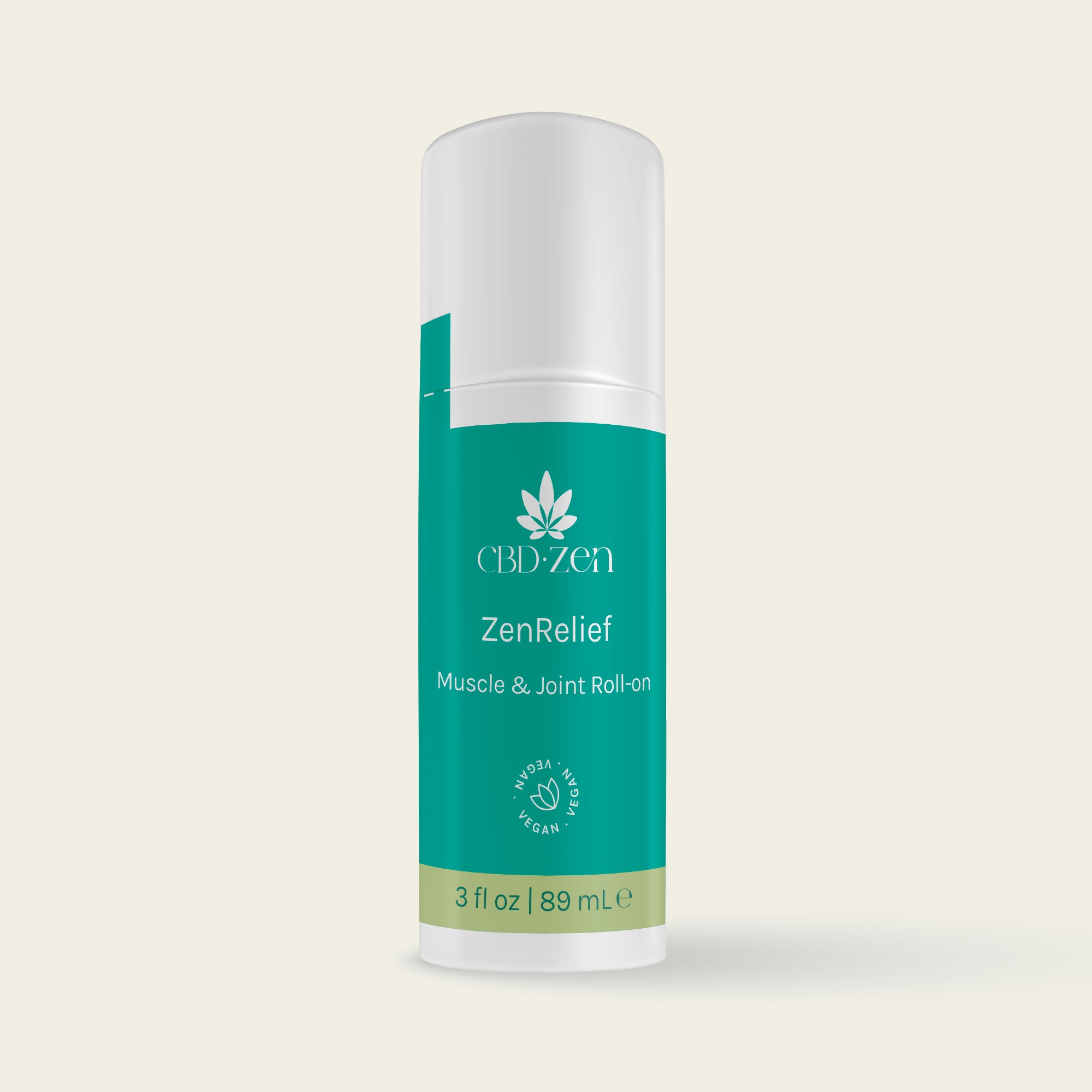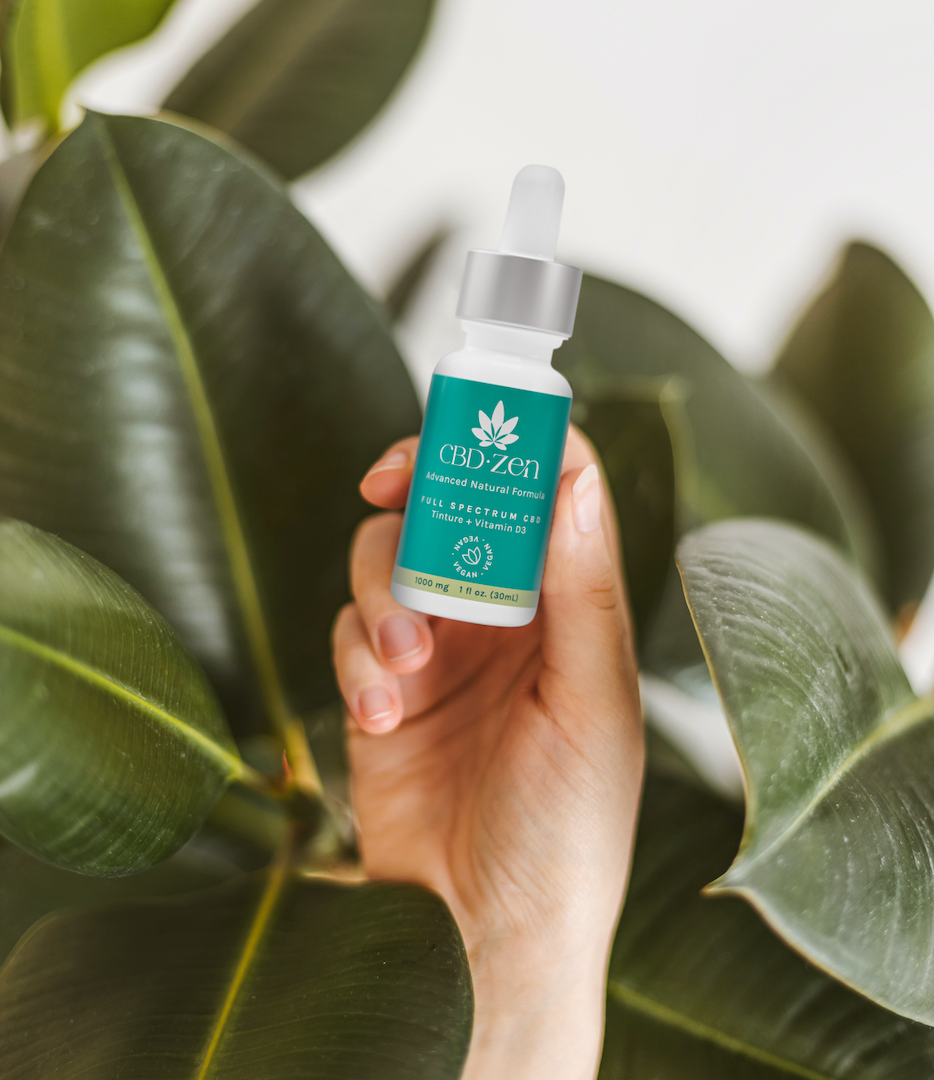Sore After Exercising? Find out how to Increase Your Recovery After Your Workout

When we practice any physical activity, our body is the main protagonist. Everything must be done to recover after the effort! The muscles need to rest, the tendons and ligaments must relax, and we have to regain energy to start a new day properly.
Recovery is the key to preventing injuries and allowing the body to rebuild, providing the vitality necessary for a new cycle of exercises.
We often hear the famous phrase "no pain, no gain" or "no pain no gain." However, you may not know that there is a medical term for this phenomenon: delayed onset muscle soreness (DOMS). Whether you're an experienced athlete or someone just starting out in physical activity, you're likely experiencing this delayed-onset muscle soreness.
Why Does Everything Hurt After Exercising?
The muscle soreness experienced after exercise, known as delayed onset muscle soreness (DOMS), has a physiological explanation. Contrary to the unpleasant sensation it may cause, this pain is a positive sign that your muscles are adapting and strengthening. But don't worry, as you get fitter your muscles will become more resistant to fatigue, and the intensity of DOMS tends to decrease over time.
When we put more strain on our muscles, whether through higher intensity, longer duration, or a different type of exercise than usual, microscopic damage can be caused to the proteins that make up individual muscle fibers. This damage triggers a natural response from the body, where the immune system generates inflammation to repair microtrauma to the muscles.
It is common for pain caused by muscle fatigue to begin the day after exercise and persist for up to five days, and overcoming it can become a significant challenge, becoming a barrier to achieving our desire to get fit.
Tips for a Faster Recovery
What you do after physical activity is crucial to getting results, whether it's gaining muscle or losing weight. A post-workout routine also helps maintain optimal energy levels, making it easier for you to stick to your fitness routine and achieve your goal.
Here are some tips to keep in mind:
Sleep and rest: Rest is a vital part of the recovery process. While you sleep, your body works to rebuild itself. At least 8 hours of sleep each night is recommended. In addition, it is essential to allow at least 48 hours of difference between high-intensity exercise sessions for the same muscle group, thus allowing muscle reconstruction and reducing the risk of overtraining.
Drink plenty of water : Rehydration is essential, especially after intense or sweaty exercise. Replenishing fluid levels improves muscle flexibility, strengthens and prevents muscle soreness. Drink at least 16 ounces of water (half a liter) or healthy drinks such as coconut water, green or black tea, low-fat chocolate plant milks, or even a low-sugar sports drink, which contains electrolytes.
Nourish your body : Plan a healthy snack or meal within 45 minutes of exercise. This will help replenish muscle energy reserves and begin the recovery process. Eat foods containing carbohydrates and protein to restore glycogen levels and promote muscle recovery.
At Zenzsual, we offer several supplements that can be an excellent complement to your diet. Do you know our Apple Cider Vinegar gummies ? They are ideal for keeping energy levels up, boosting your metabolism, helping with digestion, cardiovascular health and facilitating the loss of belly fat.
On the other hand, by taking Zenbiotic , our probiotic capsules, you guarantee healthy and regular digestion. Probiotics contain live microorganisms that help maintain or improve the "good" bacteria in the body and help restore the intestinal flora, strengthen the immune system, help with constipation, regulate "going to the bathroom" and improve "flatulence" or intestinal gases.
Stretching as part of your routine : Before and after training, spend time stretching your muscles. These stretches act as a self-care practice, preparing your muscles for the next day and reducing the risk of injury, especially during intense workouts.
Use a Foam Roller: Reduce muscle fatigue and stiffness by applying foam rollers to each muscle group for 1 to 2 minutes maximum. The foam roller is a foam cylinder that can relieve muscle pain and increase joint range, being a versatile tool for various areas of the body.
A relaxing bath: Hot compresses or baths are effective in undoing muscle knots. By dilating blood vessels and improving circulation, they relieve body tension and reduce muscle fatigue. After an intense workout, give yourself the luxury of relaxing with a nice bath to facilitate recovery.
A dropper of CBD : Taking a dropper of our CBD Zen can help in faster muscle recovery after sports through its anti-inflammatory properties and also improving sleep. With faster regeneration, the body can handle new tasks much more efficiently and with less difficulty.
How can CBD help muscle regeneration?
CBD, or cannabidiol, is a natural compound found in the hemp plant. Although it comes from the same plant as THC (tetrahydrocannabinol), which is known for its psychoactive properties, CBD does not produce psychotropic effects and is currently being studied for its many therapeutic benefits.
Anti-inflammatory Properties : One of the main benefits of CBD is its ability to reduce inflammation. CBD interacts with receptors of the endocannabinoid system in the body, which can help modulate inflammatory responses and reduce swelling.
Natural Painkiller : It has also been shown to act as a natural painkiller. By interacting with pain receptors in the nervous system, it can help alleviate the perception of pain. This can be beneficial in relieving muscle soreness associated with DOMS (delayed onset muscle soreness) and facilitating recovery.
Muscle Relaxation: Studies have shown that CBD has muscle relaxing properties. By interacting with the central and peripheral nervous system, it can help reduce muscle tension, which is especially beneficial after an intense workout.

In conclusion, muscle recovery plays a fundamental role when we want to get in shape. If you are starting an exercise routine or have new goals in your physical training, the key is to approach recovery holistically.
It includes adequate rest, balanced nutrition, stretching, hydration, and techniques such as using foam rollers and consuming CBD. By incorporating these practices into our routine, we not only promote efficient muscle regeneration, but also pave the way to sustainable physical well-being and long-lasting physical performance.
Sources consulted
Why do muscles get sore hours or days after exercising?
CBD For Muscle Recovery and Everything You Should Know
https://floydsofleadville.com/cbd-for-muscle-recovery-and-everything-you-should-know/?v=9a0d701a3b2a
11 Steps to Follow for a Post-Workout Routine That Gets Results
https://www.healthline.com/health/exercise-fitness/what-to-do-after-working-out#takeaway
CBD for muscle recovery after sports
https://www.kalapa-clinic.com/cbd-recuperacion-muscular-deporte/




Muchas gracias por la información muy atinada
Leave a comment